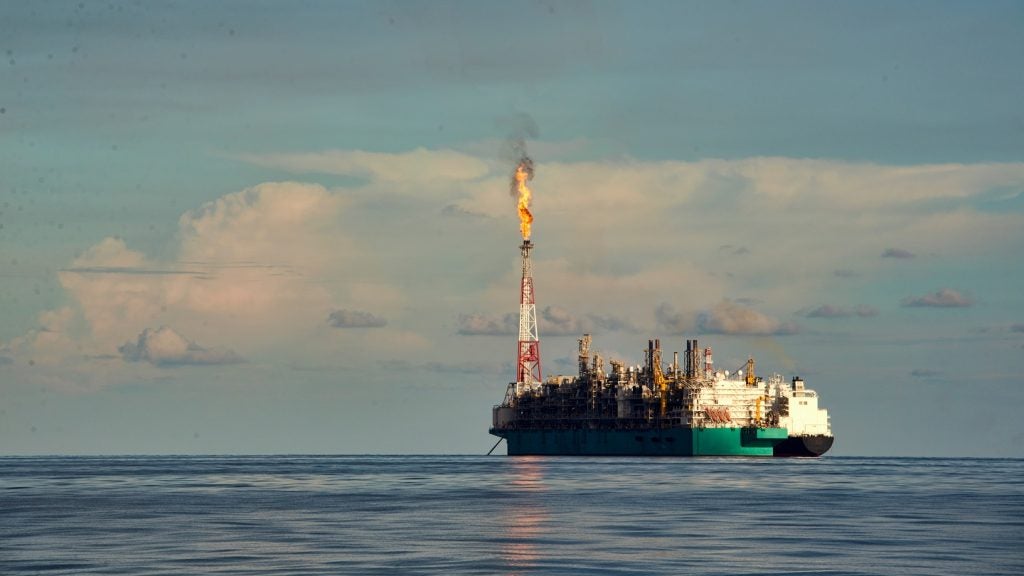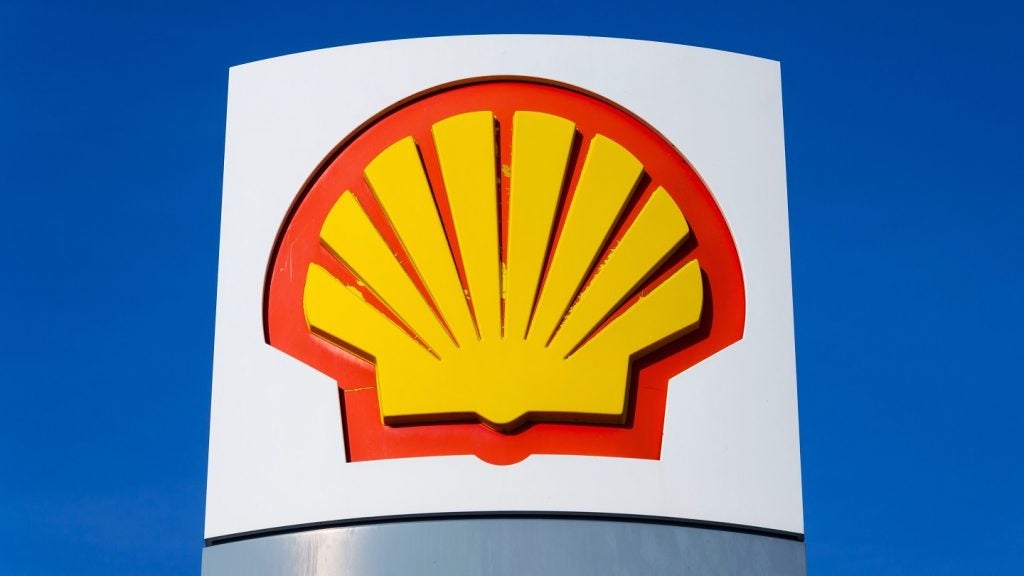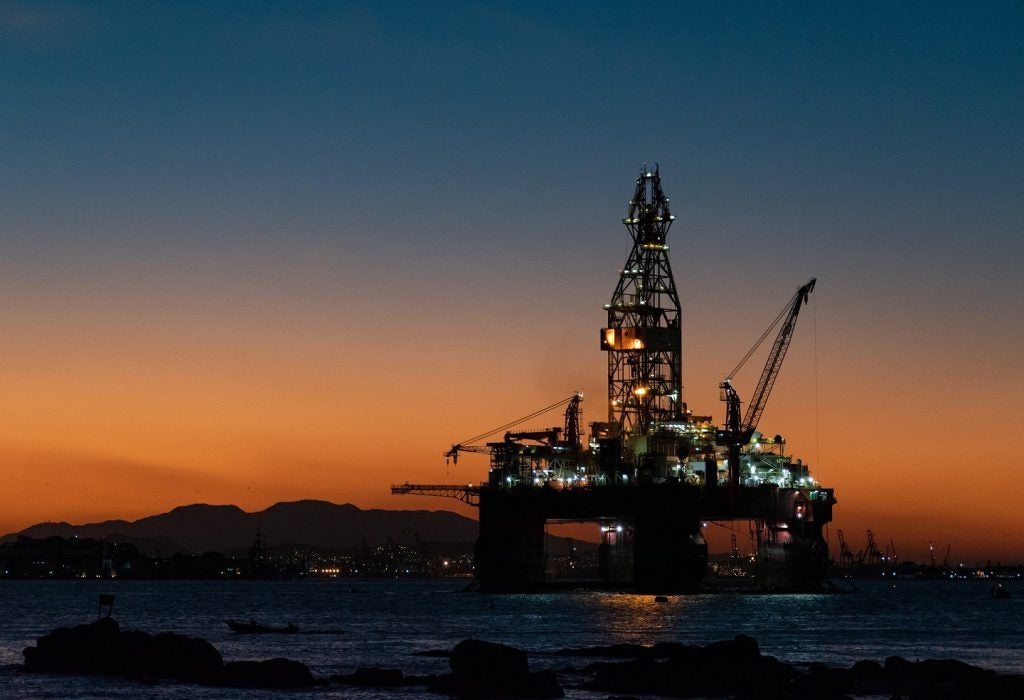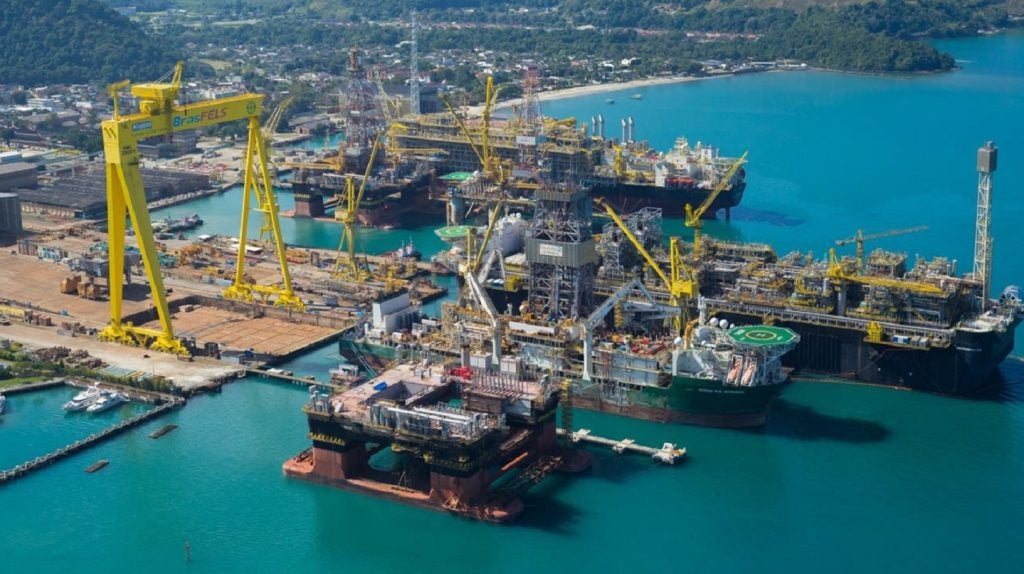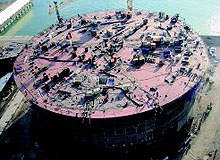
As the North Sea reaches a mature phase in its oil production, the industry is looking for new areas for oil exploration, such as the Faroese continental shelf.
Interest in the Faroese area has been increasing since the 1990s, when hydrocarbon discoveries were made in the area to the west of Shetland, close to the Faroese border. At the same time, technological development in recent years has made oil exploration and production possible at water depths similar to those to the west of Shetland and by the Faroe Islands.
Activities to the west of Shetland began in the 1970s. Exploration activity has varied over the years, with the first oil strike made in 1977 in the Clair field. Clair is a relatively large field, but it has not yet been possible to develop it commercially.
However, during the 1990s, when activity was at its height – and thanks to significant developments in geological understanding – several interesting discoveries were made, including larger fields such as Foinaven, Loyal, Schiehallion, Solan, Strathmore, Suilveu and Victory. Some minor oil and gas fields have also been found.
In 1992, the Faroese Government took over the rights to the raw material in the subsoil, and since then Faroese authorities have made preparations for oil exploration on the Faroese continental shelf.
See Also:
In September 1993 the Faroese Parliament passed a law on preliminary research. The law came into force in October 1993, and in February 1994 companies were requested to make quotations on seismic research on the Faroese continental shelf. Since then, seismic research has been carried out every year.
How well do you really know your competitors?
Access the most comprehensive Company Profiles on the market, powered by GlobalData. Save hours of research. Gain competitive edge.

Thank you!
Your download email will arrive shortly
Not ready to buy yet? Download a free sample
We are confident about the unique quality of our Company Profiles. However, we want you to make the most beneficial decision for your business, so we offer a free sample that you can download by submitting the below form
By GlobalDataThe first licensing round was delayed while the Faroese authorities gave higher priority to a clarification of the border dispute between the Faroe Islands and the UK. The border dispute with the UK was solved, and the formal signature of the agreement was made on 18 May 1999.
CHESTNUT FIELD
Atlantic Petroleum has begun development of the Chestnut oil field after receiving final approval from the UK Department of Trade and Industry. P/F Atlantic Petroleum holds 15% in the licence. First oil is expected in 2007.
The project will use a Sevan Stabilised Platform (SSP) floating production platform, from Sevan Marine, under a lease contract.
The Chestnut oil field is located entirely within UKCS Block 22/2a, approximately 13km south east of the Alba field. The field was discovered in 1986 and the reservoir is at a depth of approximately 7,000ft.
The field has been appraised by several wells. The last of these, well 22/2a-11x, was drilled in 2001 and placed on extended well test utilising the Crystal Ocean floating production vessel. The well produced approximately one million barrels of oil during the test.
The well test helped to reduce the uncertainty over oil in place and recoverable reserves and confirmed the reservoir deliverability. This production well was suspended and forms the basis of the Chestnut field development. A new water injection well will also be drilled as part of the development.
SEVAN MARINE
Sevan Marine ASA, an offshore technology company, specialises in floating production and storage systems for oil and gas production. The company developed a new, cylinder-shaped offshore platform design, the SSP.
The Chestnut field will be developed utilising two subsea wells tied back to the Sevan Marine SSP300 floating production vessel. The 22/2a-11x well will be reused along with a new water injection well, scheduled for drilling during the second half of 2006.
The SSP300 will be a newly constructed vessel and it is anticipated that installation will occur in the field during 2007.
The Chestnut SSP is the second unit contracted by Sevan Marine, as Sevan Marine has already entered into a multi-year contract with the Brazilian oil company Petrobras SA for the provision of one SSP300 to the Piranema field offshore Brazil, with first oil expected in mid-2006.
RESERVES
Estimated total recoverable reserves for the field amount to between six and nine million barrels, with first production from the field scheduled for the second half of 2007. P/F Atlantic Petroleum’s share of the recoverable reserves amount to between 900,000 and 1,350,000 barrels.
The development of the Chestnut field fits very well into Atlantic Petroleum’s strategy, which is to participate in developing marginal ‘stranded’ oil fields in the North Sea.
"We are pleased to receive Government approval to develop the Chestnut field," says CEO Wilhelm Petersen. "This is the first field development in which Atlantic Petroleum participates."
"Therefore, this is a special day in Atlantic Petroleum’s history. Also in North Sea oil history this is a special day, as the Chestnut field, with recoverable reserves of less than ten million barrels, will be one of the smallest stand-alone oil field developments yet in the North Sea."



